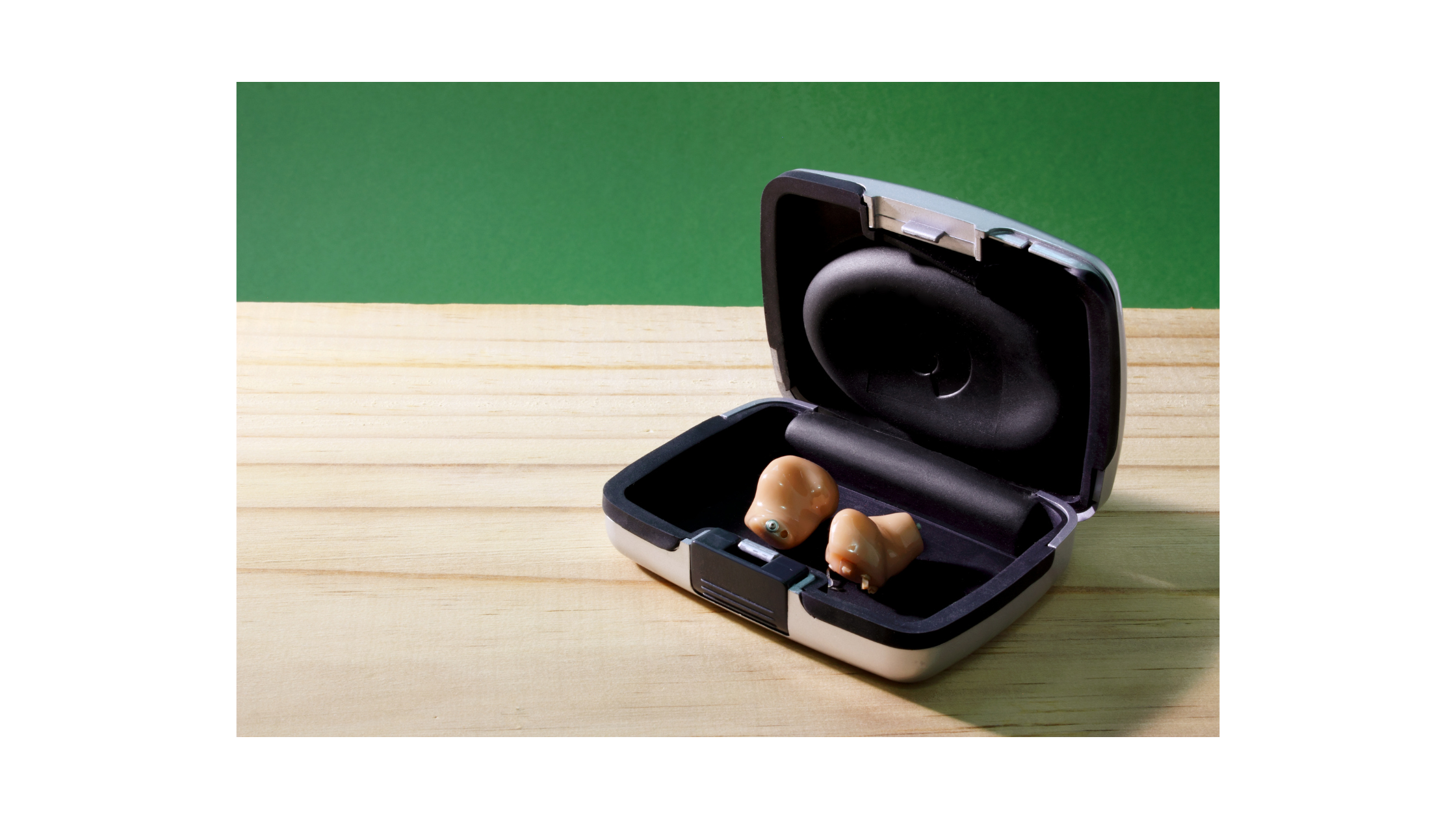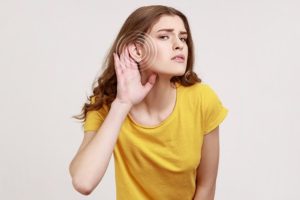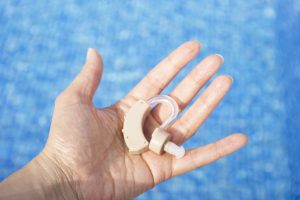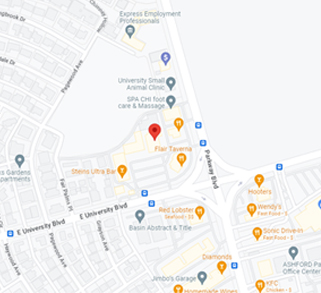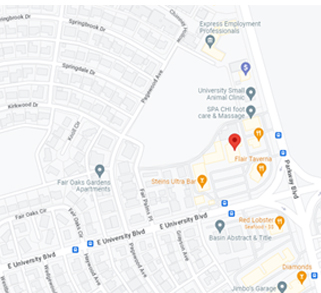Hearing aids are a significant investment, and taking care of them is crucial to ensure they continue working properly. Regular cleaning and maintenance can not only extend the life of your devices but also help you avoid the costs associated with frequent repairs or replacements. Here’s a step-by-step guide to cleaning your hearing aids and keeping them in optimal condition.
Cleaning Your Hearing Aids: What You Need
Before starting your hearing aid cleaning routine, gather the following supplies:
- Hearing Aid Cleaning Brush: Use this small brush to remove earwax and debris from the crevices of your hearing aid.
- Tube Cleaning Tool: For behind-the-ear (BTE) hearing aids with tubing, this tool helps maintain a clear, undistorted sound by keeping the tubes clean.
- Wax Pick or Wire Loop: Essential for removing stubborn wax from hard-to-reach areas.
- Earmold Tubing Blower: Helps keep tubing dry in BTE models.
- Microfiber Cloth: A soft cloth to wipe down your hearing aids without causing scratches.
- Hearing Aid Multi-Tool: Handy for cleaning while on the go, these tools serve multiple purposes.
- Hearing Aid Dryer: A device designed to remove moisture from your hearing aids overnight.
Cleaning In-the-Ear (ITE) Hearing Aids
Cleaning your in-the-ear hearing aids is simple but essential for maintaining their performance. Follow these steps:
- Inspect the Hearing Aids: Start by checking the microphone ports and wax filter for buildup. These areas are most prone to wax accumulation.
- Wipe Down the Surface: Use a microfiber cloth to gently clean the exterior of the hearing aid, removing any oils or debris.
- Clear Wax Buildup: Use a wax pick or wire loop to carefully remove wax from the small openings. Be careful not to push the wax further into the device.
- Check the Wax Filter: If your model has a wax filter, inspect it for blockage. Replace the filter if it appears clogged.
- Change the Wax Filter Regularly: It’s recommended to change the wax filter once a month, or as directed by the manufacturer. If you produce more earwax, you may need to replace it more frequently.
- Brush Off Loose Debris: Use the cleaning brush to gently remove any remaining debris around the microphone and speaker areas.
- Use a Hearing Aid Dryer: To remove any moisture, place your hearing aids in a dryer or dehumidifier overnight.
Cleaning Behind-the-Ear (BTE) Hearing Aids
BTE hearing aids, with their domes and earmolds, require additional attention. Here’s how to properly clean them:
- Inspect the Domes and Earmolds: Look for visible debris or wax buildup.
- Wipe Down the Earmolds: Use a microfiber cloth to clean the surfaces.
- Detach and Clean Earmolds: If your hearing aids have removable earmolds, take them off and clean them separately. Use a wax pick or wire loop to clear away any stubborn wax.
- Disinfect the Earmolds: If the earmolds are non-electronic, you can wash them in a mild soap solution. Rinse them thoroughly and let them air dry before reattaching.
- Clean the Tubing: For models with tubing, use the tube cleaning tool to remove any obstructions and then dry it using a tubing blower.
- Brush the Microphone and Receiver: Gently brush away any debris from the microphone and receiver areas.
- Inspect and Clean the Hearing Aid Body: Pay close attention to the hearing aid body, particularly the microphone ports. Use the cleaning brush for a thorough cleaning.
- Replace Filters and Domes as Needed: Check if the wax filter or domes need replacement and change them accordingly.
- Use a Hearing Aid Dryer: To prevent moisture buildup, place your hearing aids in a dryer or dehumidifier overnight.
Also Read: Types of Hearing Aids: How to choose the right one
How to Disinfect Hearing Aids
To sanitize your hearing aids, use a cleaning solution specifically designed for hearing aids. Avoid alcohol or other household cleaners, as these can damage the devices. Spray the solution onto a soft tissue or paper towel, and gently wipe the hearing aid and earpiece.
How Often Should You Clean Your Hearing Aids?
Hearing aids are exposed to earwax, debris, and dust daily, so it’s essential to clean them every day. If your hearing aids come with a wax guard or trap, it’s important to replace these components regularly. Consult your hearing specialist for specific instructions on how often to change them based on your individual needs.
The Importance of Routine Cleaning and Care
Regular cleaning is more than just about hygiene—it’s key to ensuring your hearing aids work properly. Earwax buildup can affect sound quality and even damage the device. By following a proactive cleaning routine, you can avoid these issues and catch potential problems before they require costly repairs.
We recommend scheduling a professional cleaning and checkup at least twice a year with your hearing healthcare provider. At Roger Clark Hearing Centers, our team ensures your hearing aids are in optimal working order and makes any necessary adjustments. Contact us today to schedule a professional cleaning and hearing aids in Waco TX or make an appointment online.
